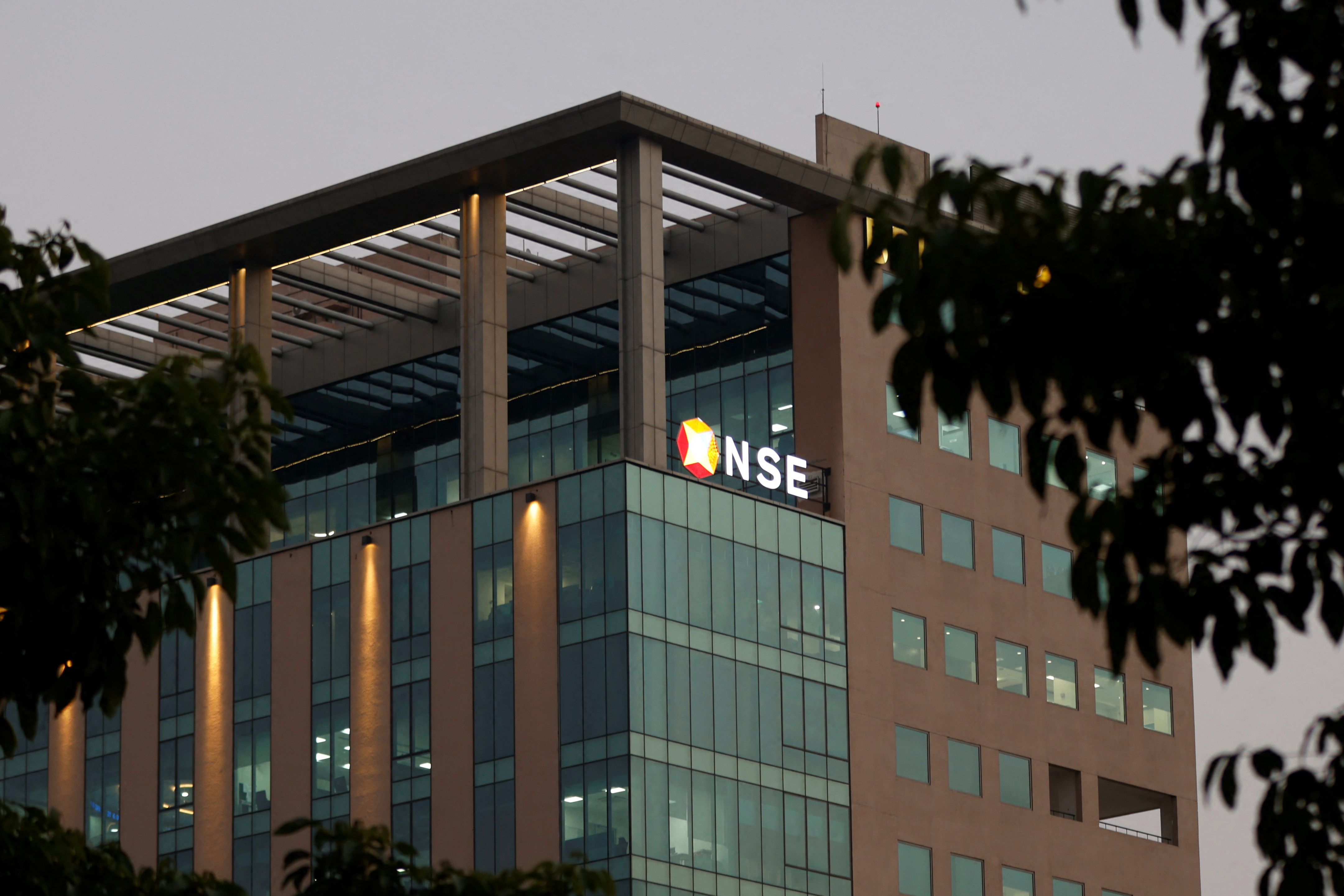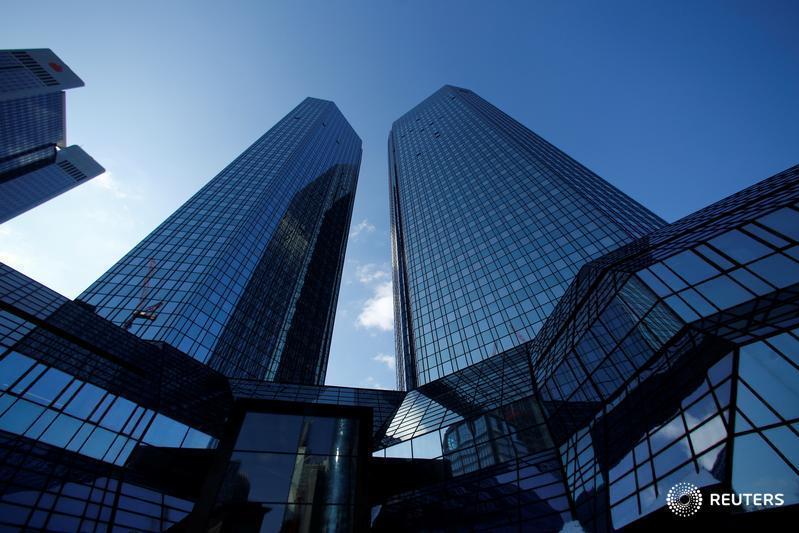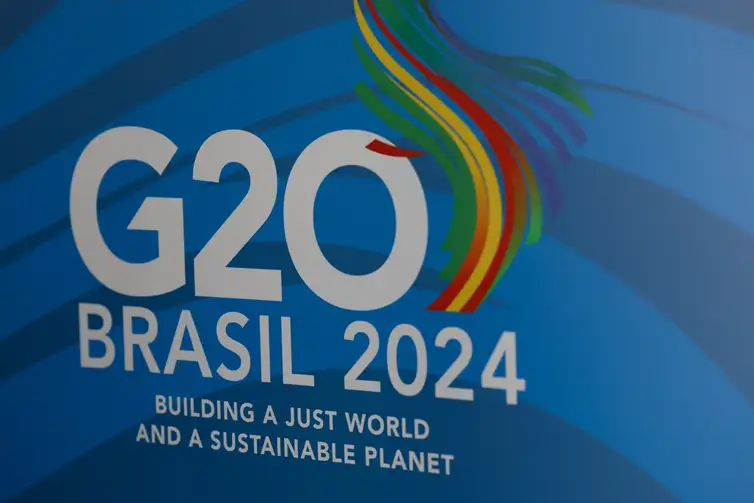Economic Challenges in Asia: From Pakistan to Saudi Arabia
An in-depth look at the recent economic surveys and data highlights the varying economic performance and challenges faced by Pakistan and Saudi Arabia in 2023.
Published June 11, 2024 - 00:06am

Image recovered from propakistani.pk
In a ceremony scheduled for tomorrow, Pakistan's Federal Minister for Finance and Revenue, Muhammad Aurangzeb, will unveil the Economic Survey for the fiscal year 2023-24. This comprehensive report is expected to outline Pakistan's economic triumphs and setbacks faced over the past year, providing crucial insight into the nation's financial landscape.
Throughout the fiscal year, Pakistan grappled with significant economic hurdles, struggling to meet key targets in several sectors. Inflation emerged as a pivotal issue, rising to 26 percent—well above the government's target of 21 percent—despite the State Bank of Pakistan increasing the key interest rate to 22 percent. This surging inflation has stifled economic growth, which currently stands at an estimated 2.4 percent, falling short of the envisaged 3.5 percent.
The agricultural sector presented a mixed bag of results. While major crop production vastly exceeded expectations with an impressive 11 percent growth against a 3 percent target, minor crop production fell disappointingly to 0.9 percent, significantly below the 3 percent goal. Livestock met its growth target of 3.9 percent, albeit with the fisheries sector lagging behind at a mere 0.8 percent growth. The industrial sector also faced a tough year, with a growth rate of only 1.2 percent as opposed to the targeted 3.4 percent, indicating broader challenges in economic productivity.
Moving to Saudi Arabia, the financial landscape painted a more positive picture albeit with its own set of challenges. Recently released data from the Kingdom's central bank highlighted a 13 percent increase in total assets for Saudi finance companies, amounting to SR64.2 billion. This growth can be attributed to favorable economic conditions, with a corresponding 6 percent rise in paid-up share capital.
The Saudi financial sector noted a marked increase in its total financial portfolio, which ascended to SR84.7 billion, reflecting broader economic resilience and investment activities. Net income for finance companies also saw improvement, standing at SR1.7 billion by the end of the year. Interestingly, the real estate refinancing sector experienced a significant upswing, with total assets rising by 48 percent to SR31 billion.
Among the loan portfolios, the retail sector dominated with a 77 percent share, followed by micro, small, and medium enterprises at 20 percent, and corporate loans taking up the remaining 3 percent. The report from the Saudi Arabian Monetary Authority (SAMA) also noted an 80 percent Saudization rate among employees in the financial sector, underscoring a concerted effort towards local employment.
While Pakistan continues to battle inflation and economic stagnation, Saudi Arabia's financial growth reflects a relatively stable economic environment bolstered by strategic investments and a robust financial portfolio. Both nations, however, must navigate their unique economic landscapes to ensure long-term stability and growth.
In a ceremony scheduled for tomorrow, Pakistan's Federal Minister for Finance and Revenue, Muhammad Aurangzeb, will unveil the Economic Survey for the fiscal year 2023-24. This comprehensive report is expected to outline Pakistan's economic triumphs and setbacks faced over the past year, providing crucial insight into the nation's financial landscape.
Throughout the fiscal year, Pakistan grappled with significant economic hurdles, struggling to meet key targets in several sectors. Inflation emerged as a pivotal issue, rising to 26 percent—well above the government's target of 21 percent—despite the State Bank of Pakistan increasing the key interest rate to 22 percent. This surging inflation has stifled economic growth, which currently stands at an estimated 2.4 percent, falling short of the envisaged 3.5 percent.
The agricultural sector presented a mixed bag of results. While major crop production vastly exceeded expectations with an impressive 11 percent growth against a 3 percent target, minor crop production fell disappointingly to 0.9 percent, significantly below the 3 percent goal. Livestock met its growth target of 3.9 percent, albeit with the fisheries sector lagging behind at a mere 0.8 percent growth. The industrial sector also faced a tough year, with a growth rate of only 1.2 percent as opposed to the targeted 3.4 percent, indicating broader challenges in economic productivity.
Moving to Saudi Arabia, the financial landscape painted a more positive picture albeit with its own set of challenges. Recently released data from the Kingdom's central bank highlighted a 13 percent increase in total assets for Saudi finance companies, amounting to SR64.2 billion. This growth can be attributed to favorable economic conditions, with a corresponding 6 percent rise in paid-up share capital.
The Saudi financial sector noted a marked increase in its total financial portfolio, which ascended to SR84.7 billion, reflecting broader economic resilience and investment activities. Net income for finance companies also saw improvement, standing at SR1.7 billion by the end of the year. Interestingly, the real estate refinancing sector experienced a significant upswing, with total assets rising by 48 percent to SR31 billion.
Among the loan portfolios, the retail sector dominated with a 77 percent share, followed by micro, small, and medium enterprises at 20 percent, and corporate loans taking up the remaining 3 percent. The report from the Saudi Arabian Monetary Authority (SAMA) also noted an 80 percent Saudization rate among employees in the financial sector, underscoring a concerted effort towards local employment.
While Pakistan continues to battle inflation and economic stagnation, Saudi Arabia's financial growth reflects a relatively stable economic environment bolstered by strategic investments and a robust financial portfolio. Both nations, however, must navigate their unique economic landscapes to ensure long-term stability and growth.
Further analysis of Pakistan's economic scenario reveals a widening fiscal deficit which has prompted the government to explore various revenue generation avenues. Pakistan's external debt has been a significant concern, with the nation seeking financial aid and favorable loan arrangements from international institutions like the International Monetary Fund (IMF). The fiscal year witnessed several negotiations aimed at stabilizing the economy, though achieving sustainable economic recovery remains a challenging goal.
Additionally, energy shortages have plagued economic activities, adversely impacting industrial output and overall productivity. Efforts to reform the energy sector have included seeking investments in renewable energy projects and improving infrastructure efficiency. The government aims to address the energy shortfall by attracting foreign investments and harnessing domestic resources, though these initiatives are at nascent stages and their long-term efficacy is yet to be fully realized.
On the social front, Pakistan has seen rising unemployment and a decline in purchasing power amid soaring inflation. The government has rolled out various relief packages targeting low-income households to mitigate the economic strain. These measures include subsidies on essential commodities and direct cash transfers under social safety net programs. However, these stopgap solutions underscore the need for more sustainable economic policies to bolster job creation and enhance income security for its citizens.
Healthcare and education sectors have also suffered due to budgetary constraints, with inadequate funding hampering service delivery and quality. The Covid-19 pandemic exacerbated these challenges, leading to increased public health expenditures and disruptions in educational activities. Addressing the deficiencies in these critical sectors remains a high priority on the government's agenda.
Contrastingly, Saudi Arabia's Vision 2030 reforms continue to shape the Kingdom's economic landscape. The ambitious strategy aims at diversifying the economy away from oil dependency towards sectors such as tourism, entertainment, and technology. Investments in infrastructure megaprojects like NEOM and the Red Sea Project are designed to stimulate economic growth and create job opportunities for the burgeoning youth population.
The Saudi labor market reforms, including the introduction of a new labor law, aim to enhance worker rights and attract foreign talent while promoting higher employment rates among Saudi nationals. Initiatives fostering entrepreneurship and innovation have seen the rise of start-ups, contributing to the dynamic economic environment.
Environmental sustainability forms a cornerstone of Saudi Arabia's future economic vision, with significant investments in green energy projects, including plans for one of the world's largest green hydrogen plants. These steps reflect the Kingdom's commitment to reducing carbon emissions and playing a leading role in global environmental sustainability efforts.
Both nations are at critical junctures in their respective economic trajectories. Pakistan must address its structural economic challenges, including fiscal management, energy security, and social welfare, to set the stage for sustainable growth. Saudi Arabia, on the other hand, will need to balance its rapid economic diversification ambitions with maintaining social cohesion and addressing environmental concerns.
The economic survey, to be presented by Minister Muhammad Aurangzeb, is poised to offer a granular view of Pakistan's financial health, laying the groundwork for future policy directions. Key stakeholders, including international investors, development partners, and the national populace, will keenly await insights from the survey to understand the government's strategy in tackling economic adversity and steering towards a more stable and prosperous future.
In the final analysis, the global economic landscape remains interlinked, with the economic performance and policies of nations like Pakistan and Saudi Arabia having broader implications. Their respective strategies in addressing internal and external challenges will not only define their future growth trajectories but also influence regional and global economic stability.







